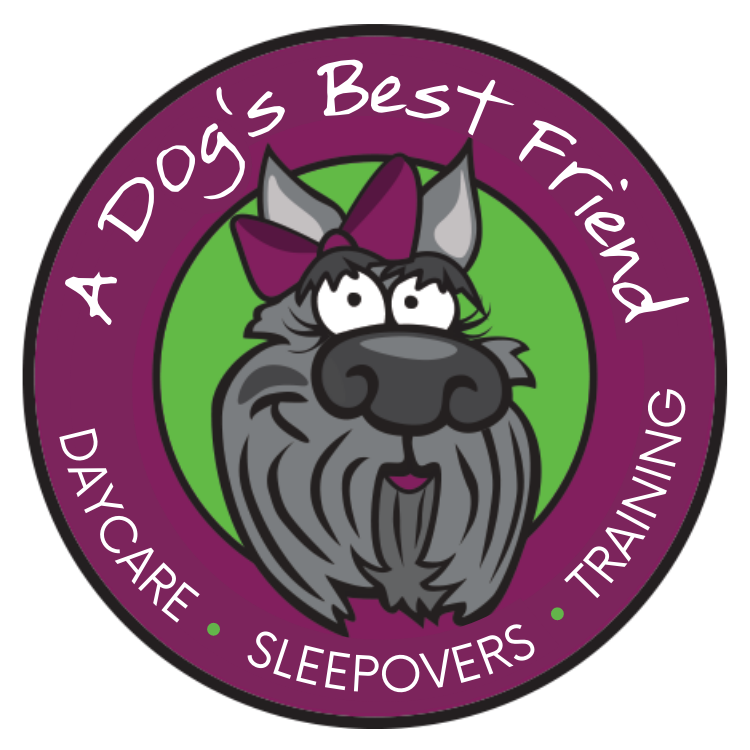Signs of Dog Bloat
How to Know if Your Dog Has Bloat
Bloat, also known as gastric dilatation-volvulus (GDV), is a life-threatening condition in dogs where the stomach fills with gas and can twist on itself. This twisting cuts off the blood supply and can be fatal within hours without immediate veterinary care.
Why is Bloat so Dangerous?
Bloat becomes life-threatening when the stomach twists (volvulus) after becoming distended with gas. This twisting causes the following serious complications:
Cuts off blood flow: The twisting prevents blood from flowing to and from the stomach and surrounding organs, including the spleen.
Traps contents: The twist blocks the entrance and exit of the stomach, preventing gas, food, and water from escaping.
Organ damage: Without proper blood supply, tissue in the stomach and other organs can die.
Shock: The restricted blood flow can lead to shock, a dangerous condition characterized by inadequate blood supply to the body's tissues.
Difficulty breathing: The expanded stomach can push on the diaphragm, making it hard for your dog to breathe.
Heart problems: Hypoxia (lack of oxygen to tissues) caused by diminished respiration and cardiac output can lead to abnormal heartbeats (cardiac arrhythmias).
Rupture of the stomach wall: In some cases, the pressure inside the stomach can become so severe that it ruptures.
Prompt veterinary intervention, usually involving emergency surgery to untwist the stomach and perform a gastropexy (stomach tack) to prevent future twisting, is the only way to treat bloat.
Here are some signs to watch for that may indicate your dog has bloat:
Distended or swollen abdomen: Your dog's belly may appear visibly larger than normal and feel tight like a drum when gently touched.
Unproductive retching or vomiting: Your dog may try to vomit but nothing comes up, or only a small amount of foam or saliva is produced.
Restlessness and pacing: Your dog may seem anxious, pace around, and be unable to settle down or find a comfortable position.
Excessive drooling: Increased saliva can be a sign of nausea or pain.
Signs of pain: Your dog may whine, cry out when their abdomen is touched, or act reluctant to move.
Difficulty breathing: As the stomach expands, it can press against the diaphragm, making it hard for your dog to breathe, which may result in shallow or rapid breathing.
Pale gums: Bloat can restrict blood flow, leading to pale or grayish gums.
Weakness or collapse: In severe cases, your dog may become weak or collapse.
Unusual posture: Some dogs with bloat may adopt a "praying position," with their front legs down and rear end up, in an attempt to relieve the discomfort.
If you suspect your dog has bloat, it's crucial to seek immediate veterinary attention. Don't wait to see if the symptoms improve, as time is critical in cases of bloat.
Here are some ways to help decrease your dog's risk of getting bloat:
Feeding Habits:
Feed smaller, more frequent meals: Instead of one large meal, split your dog's daily food intake into 2-3 smaller meals spread throughout the day. This helps to prevent a large volume of food from accumulating in the stomach and reduces the likelihood of excessive gas buildup.
Encourage slow eating: Dogs that eat too quickly may be at a higher risk of bloat, as they can swallow excess air. Consider using a slow-feeder bowl or puzzle feeder to help slow down their eating pace. You can also try other methods like placing large balls in the food bowl or spreading the food out on a cookie sheet to make them eat more slowly.
Limit water intake before and after meals: While it's essential to keep your dog hydrated, avoid letting them drink large amounts of water immediately before or after eating. Consider offering small, frequent sips, especially after physical activity.
Avoid raised food bowls: Unless your veterinarian recommends a raised bowl for a specific medical condition, it's generally best to feed your dog from a floor-level bowl. Studies have shown that elevated feeders may actually increase the risk of bloat in large and giant breed dogs.
Consider adding water to dry food: Soaking kibble before feeding can help to reduce thirst and potentially contribute to preventing bloat.
Separate pets during feeding: If you have multiple dogs who tend to eat quickly, try feeding them in separate rooms to reduce competition and anxiety around mealtime.
Exercise and Activity:
Avoid strenuous exercise around meal times: It's important to allow your dog time to digest their food before and after physical activity. Wait at least one hour between meals and exercise to minimize the risk of bloat.
Wait to exercise: Allow your dog at least 60 to 90 minutes of rest after eating before engaging in any activity.
Dietary Considerations:
Consider a preventative gastropexy: For dogs at high risk, especially large breeds with deep chests, a preventative gastropexy (stomach tack) can be performed to significantly reduce the risk of the stomach twisting. This surgery can often be done at the time of spaying or neutering.
Other Important Risk Factors:
Reduce stress: Anxious dogs may be more prone to bloat, so create a calm and stress-free eating environment for your dog.
Maintain a healthy weight: Keeping your dog at a healthy weight can also help to decrease their risk of bloat.
Regular veterinary checkups: Regular checkups can help identify and manage any underlying conditions that might increase the risk of bloat.
Age: Older dogs are at a higher risk of developing bloat. Research has shown that the risk increases by 20% for each passing year of age.
By implementing these preventative measures and being aware of the signs of bloat, you can help protect your dog and reduce their risk of developing this dangerous condition. Remember, if you ever suspect your dog is showing signs of bloat, seek immediate veterinary attention.
Here’s a comprehensive Veterinary Partner article on this topic with more clinical information.

